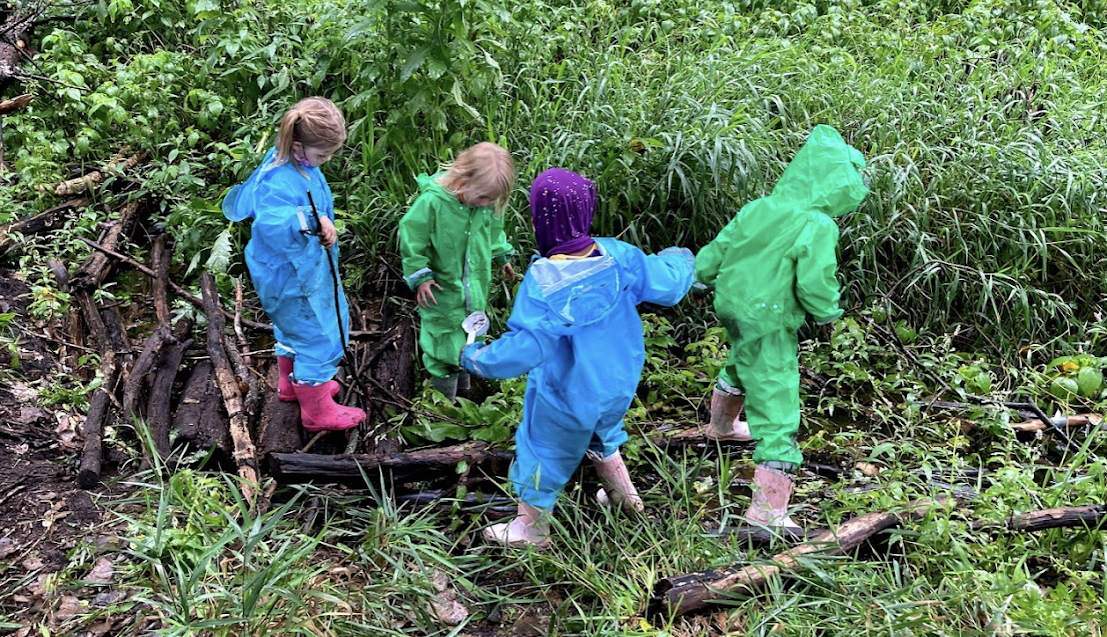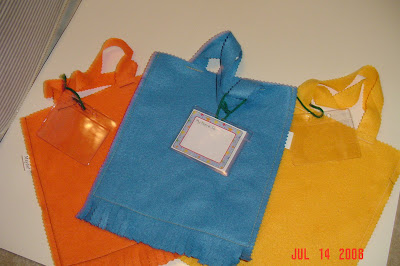
Once upon a time I attended a workshop given by Patricia Cunningham.
She is an author of Phonics They Use and Words Their Way. She gave us a wonderful way to introduce names to students and get them reading and writing. Here is my process. Before school starts I write each students name on a sentence strip. On the first day of school I give each child their name and they put it in the star of the day box. (Any box with a star on it will work. I have them put their own name in so they are sure that they will get a chance sometime!) Each day I draw out a name and we do the following activities for the name drawn.
1- I give the "star" a special sticker to wear and they are that day's helper.
2- We talk about the beginning letter of the name and count how many letters the name has.
3- We graph the number of letters in the name on a special graph.
4-Then we write the name on another sentence strip, I cut the letters apart to make a name puzzle and the rest of the students put the name together. The original name card and puzzle pieces go into an envelope that also has the child's name written on it. When I have about 5 of these they become part of the word work area. We also put the "stars" name on the word wall.
5.We then do the name cheer! The"star" child says "Give me a __" For each letter of his/her name and the other children enthusiastically shout the letter. When the letters are don the "star" says, "What does it spell?" And we all shout the "star's" name 3 times. (If the "star" is too shy to lead the cheer then the teacher gets to lead it."
6. Then we do an interview with the "star". We practice asking 3 questions to the "star", for example How many brothers and sister do you have? What is your favorite food? What is your favorite animal? I write the responses like this "Ellen has 1 brother and 1 sister. She likes to eat apples. Her favorite animal is an elephant. I personally like to write the interview on construction paper, add the child's picture and make a class book.
7.The last element of this is the star book. I give each child a clipboard and a blank piece of paper. Together we write the "stars" name. I model letter formation. This is often the first time any of my students have written anything beside their own name. It is fantastic letter writing practice. The students take their papers to the crayons and draw a picture of the "star". (We usually have to talk about body parts and hair color etc.) I then compile the pictures in a book for the "star" to take home.
I use the "star" of the day for my helpers for the rest of the year. I have a special star of the day poster with a Velcro spot in the middle. I take pictures of the kids, number the backs of the pictures to create an order ( I usually go boy/girl) and display the child's pictures when it is his/her turn to be the star. It is amazing how they memorize the order! And get the concepts of ordinal numbers. My students love to be the star of the day and I love only having 1 special helper to keep track of.







